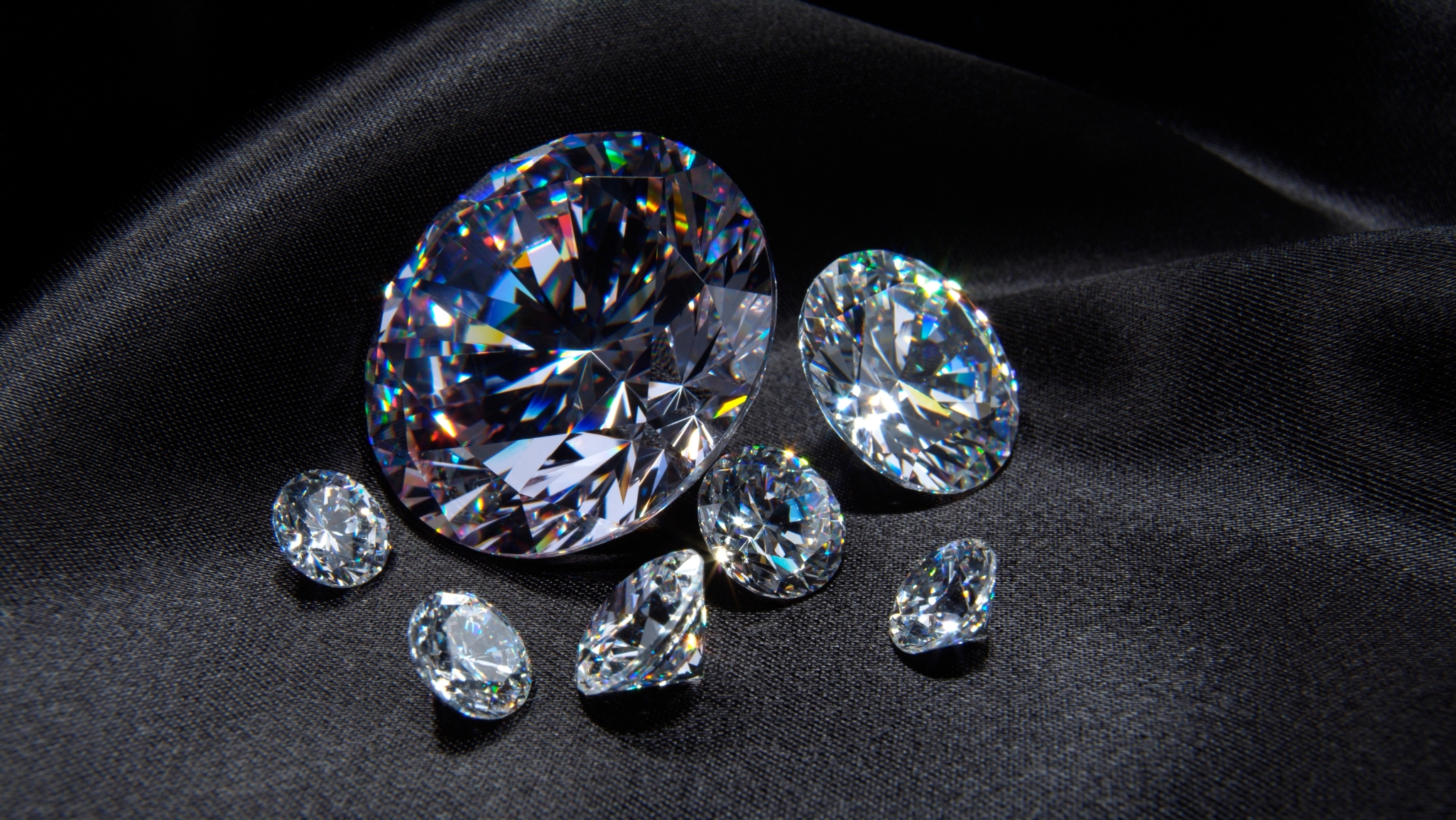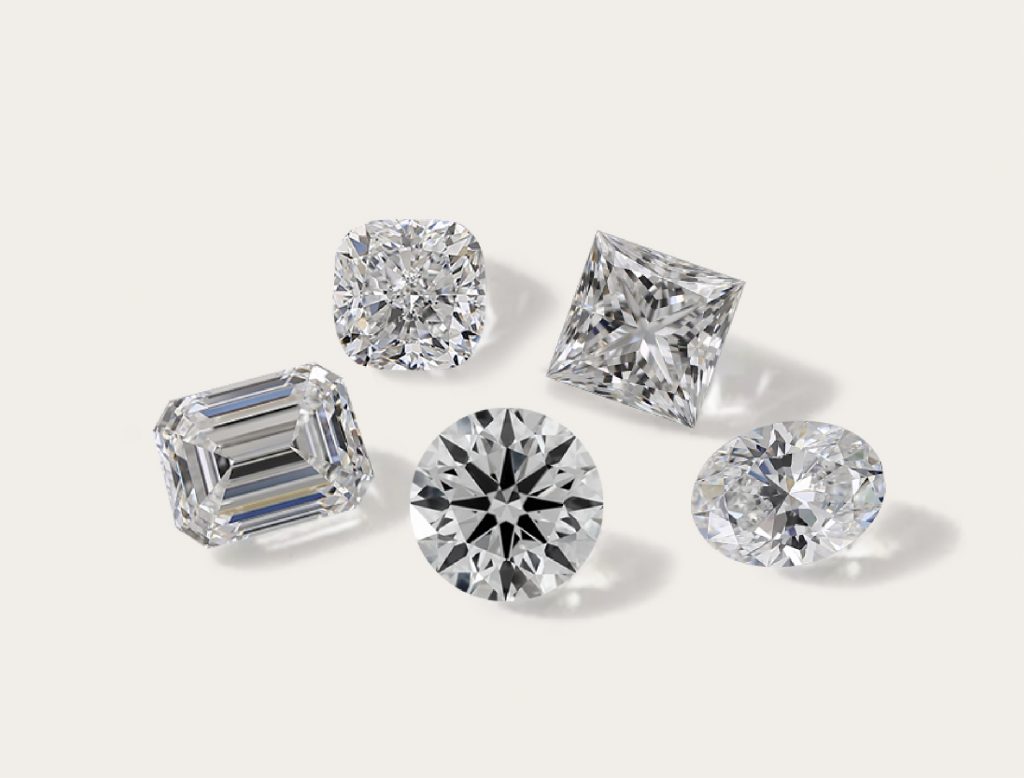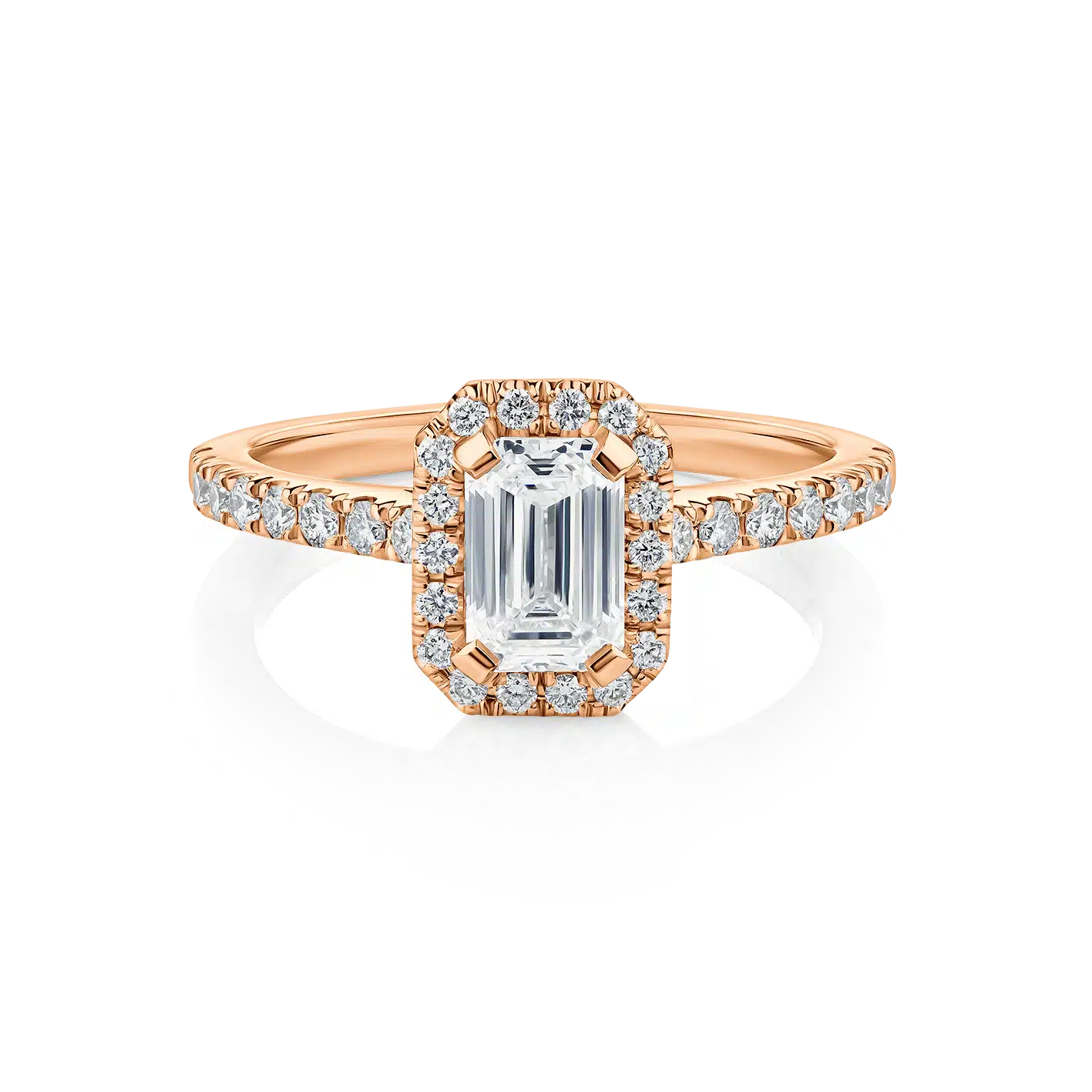Exploring Carat Laboratory Diamonds: A Modern Approach to Timeless Beauty

What is a Carat Laboratory Diamond?
Definition and Overview
Ever wondered what makes those sparkling diamonds in your favorite jewelry store so captivating? A carat laboratory diamond is one of these gems, but with a unique twist. Instead of forming naturally over millions of years, these diamonds are created in controlled environments to mimic the Earth’s natural processes. Essentially, they’re man-made but with the same physical properties as natural diamonds.
Differences Between Laboratory and Natural Diamonds
You might be asking, “Are they the same as natural diamonds?” The short answer is yes, and no. Laboratory diamonds have the same chemical composition, physical properties, and optical characteristics as natural diamonds. However, they’re grown in a lab, which allows for more control over the diamond’s size, color, and clarity. This process also often makes them more affordable compared to their natural counterparts.
The Science Behind Laboratory Diamonds
How Are Laboratory Diamonds Created?
So, how does a diamond grow in a lab? There are two main methods: High-Pressure High-Temperature (HPHT) and Chemical Vapor Deposition (CVD). Each method carat labordiamanten in its unique way, but both are fascinating!
The High-Pressure High-Temperature Method (HPHT)
This method mimics the extreme conditions found deep within the Earth’s mantle. Scientists use a press to apply high pressure and temperature to carbon, turning it into diamond. It’s like creating a diamond under your kitchen pressure cooker—if your pressure cooker was capable of thousands of degrees and tons of pressure!
Chemical Vapor Deposition (CVD)
CVD is a bit different. Here, a carbon-rich gas is ionized in a chamber, and the carbon atoms are deposited onto a substrate, layer by layer. Over time, these layers crystallize into diamonds. It’s a bit like spraying a fine mist of carbon onto a surface, gradually building up a diamond.
The Role of Carat in Laboratory Diamonds
What Does Carat Measure?
Carat is a unit of weight, not size. One carat equals 200 milligrams. This measurement is crucial because it affects the diamond’s value and appearance. Larger carats mean more sparkle and more heft, but they also come with a higher price tag.
Impact on Diamond Value
In the world of diamonds, the carat weight is a significant factor in determining value. Larger diamonds are rarer and more valuable. However, in laboratory diamonds, you might find that you get more carat for your buck due to the controlled growing conditions and less rarity compared to natural diamonds.
Benefits of Carat Laboratory Diamonds
Cost-Effectiveness
One of the most appealing benefits of laboratory diamonds is their affordability. Since these diamonds are grown in labs, they cost less than natural diamonds, making them an excellent choice for budget-conscious buyers. You get the same sparkle and beauty at a fraction of the price!
Ethical and Environmental Considerations
Ethical concerns surrounding diamond mining—such as labor conditions and environmental impact—make laboratory diamonds a compelling choice. They eliminate the need for mining, reducing the environmental footprint and addressing ethical issues related to diamond sourcing.
How to Choose the Right Carat Laboratory Diamond
Evaluating Quality and Authenticity
When selecting a carat laboratory diamond, look for certification from reputable gemological organizations. Certification ensures that the diamond meets industry standards for quality and authenticity.
Certification and Grading
Grading scales for diamonds, like the 4 Cs (Cut, Color, Clarity, Carat), apply to laboratory diamonds just as they do to natural ones. A certified diamond will have a report detailing these characteristics, so you know exactly what you’re getting.
Choosing the Best Carat Weight for Your Needs
Think about how the carat weight fits your style and preferences. A smaller carat might be perfect for subtle elegance, while a larger one might be your choice for maximum impact.
Matching Your Style and Preferences
Diamonds should reflect your personality and style. Whether you’re into classic, minimalist designs or bold, contemporary looks, there’s a laboratory diamond that fits your vision.
Popular Uses and Trends
Engagement Rings and Fine Jewelry
Laboratory diamonds are increasingly popular for engagement rings. They offer the same sparkle and elegance as natural diamonds but are often more affordable, diamanten 4Cs, making them a smart choice for many couples.
Fashion and Custom Pieces
Beyond engagement rings, laboratory diamonds are used in all kinds of jewelry—from trendy fashion pieces to bespoke custom designs. Their versatility makes them a favorite among jewelers and customers alike.
Care and Maintenance of Carat Laboratory Diamonds
Cleaning and Storage Tips
Keeping your diamond clean is essential for maintaining its brilliance. Regularly clean your diamond with mild soapy water and a soft brush. For storage, keep it in a fabric-lined jewelry box to avoid scratches and damage.
Avoiding Common Mistakes
Avoid exposing your diamond to harsh chemicals or abrasive materials. Also, be cautious with activities that might scratch or damage your diamond. Proper care ensures that your diamond stays as dazzling as the day you bought it.
Conclusion
Carat laboratory diamonds offer a brilliant combination of affordability, ethical assurance, and stunning beauty. Whether you’re shopping for an engagement ring or a stylish piece of jewelry, these diamonds provide a fantastic option. By understanding the science behind their creation and how to choose the right one, you can confidently select a gem that suits both your budget and your style.







